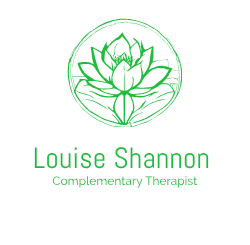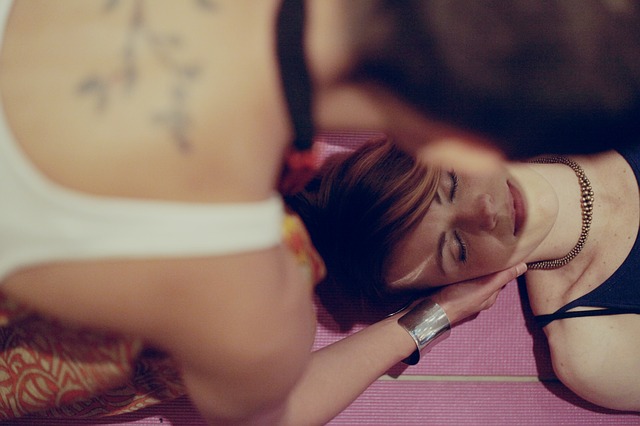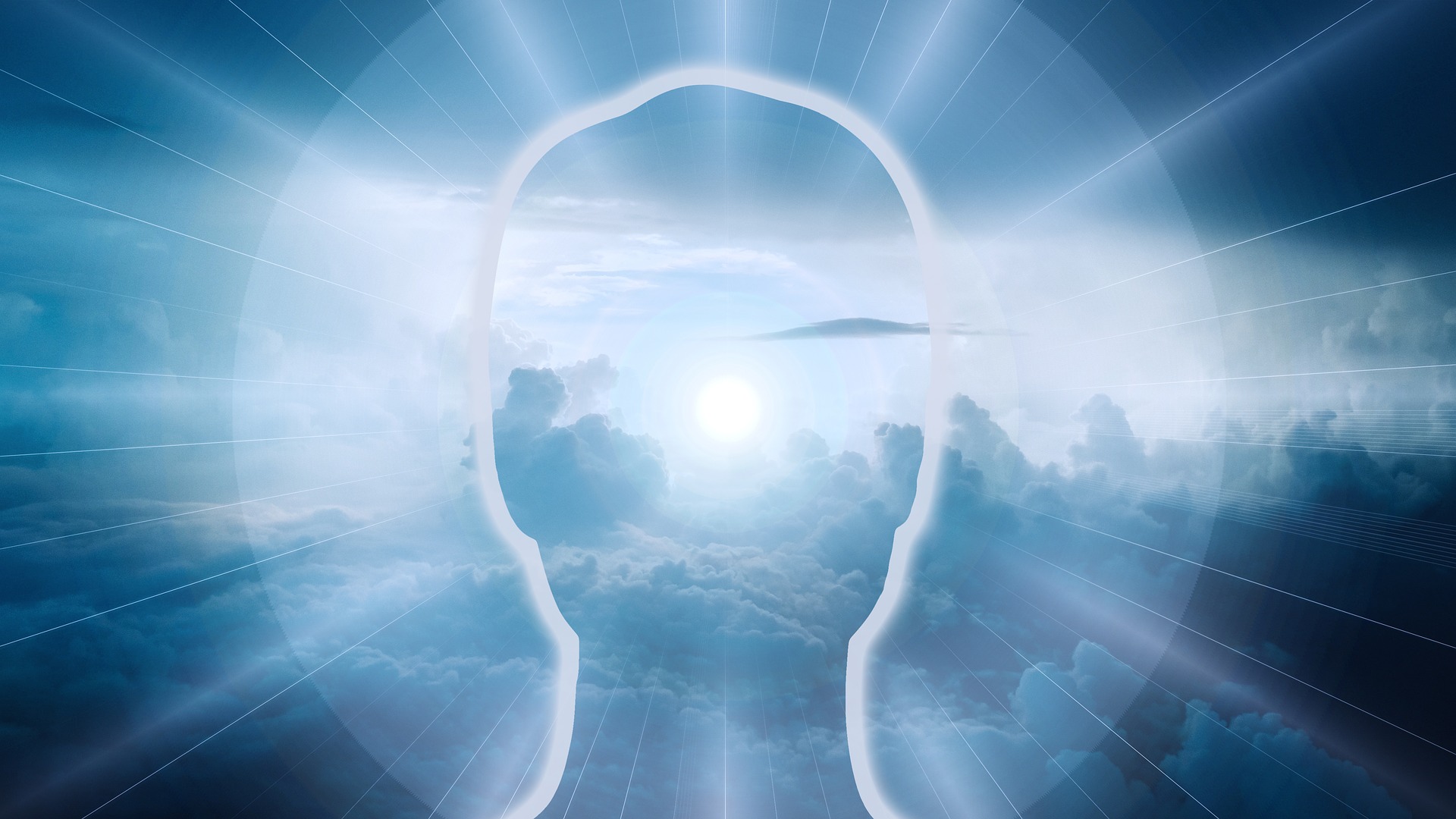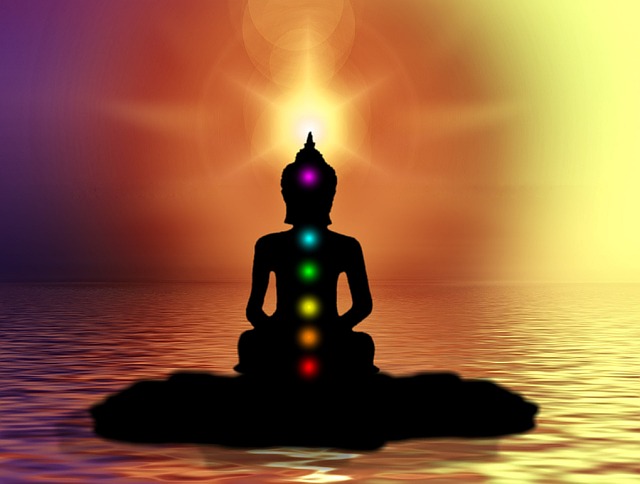Originated in Japan, now an evolving physical therapy worldwide
Shiatsu is a form of physical therapy that originated in Japan but since the 1970’s has developed internationally. It is now widely used throughout the world. It is an evolving form of bodywork, influenced by both Oriental Medicine and Western therapies. Shiatsu uses a combination of pressure points, stretching and manipulation of joints to help stimulate weak areas and relax tension. It is regulated by statute in Japan and is recognised as a therapy which can be paid by health insurance in Switzerland.
Stimulates wellness with specific techniques rather than treating disease
The fundamental principle of Oriental Medicine is that the therapy is stimulating wellness rather than treating and curing disease. Specifically, the theory underlying Shiatsu identifies several fundamental functions of the body that are necessary for the self-regulation and integration of the organism.
Oriental medicine deals with high level self-regulating functions in the body
These functions are more abstract than the basic physiology of the body and incorporate the western idea of homeostatic control systems such as the nervous system and endocrine responses. They include capacities such as sensing and finding necessary nutrients, integrating the idea of a movement with its muscular execution and the development of graceful movement through the balance of agonist and antagonist muscle groups.
Why Oriental Medicine might be misunderstood by Western Health professions.
Oriental Medicine developed a profound theory of how to assess and stimulate these high-level functions. Unfortunately for its reputation in the West, they were given the names of the internal organs because the medieval Chinese had the mistaken view that each capacity needed a physically identified organ to be its operator. Now we understand that these functions can be emergent properties of complex interactions between the different body systems but we still use the old names for the functions because they often provide a useful metaphor. For instance, the ‘Small Intestine’ function is the name given in Chinese Medicine to the body’s ability to separate incoming information and nourishment into parts that can be assimilated and parts that need to be rejected. This function operates psychologically as well as physically and is part of the function of a single cell as much as it is true of the whole organism. However, the physical small intestine does a similar job within the process of digestion, so is a useful metaphor for the high-level function.
How does Shiatsu try to influence these functions?
The theory of Shiatsu identifies zones on the body and parts of the anatomy with these high-level functions. The therapy is done fully clothed, and the therapist assesses the tone of these zones and the mobility of the body parts associated with each function. If one or more of these zones are tense or under-toned, then the therapist works with pressure, palpation and movement to help the person relax or tone the muscles in the identified zones.
How does it work?
No-one knows but ongoing research into infant movement development suggests that similar high-level capacities spanning physiology, motor movement and cognitive skills are learned by the development of specific movements. Add to that the fact that the zones on the body associated by Oriental medicine with the high-level functions can be seen as maps of the different muscles involved in these developmental movements. Therefore, an interesting two-part hypothesis is that:
a) the nervous system learns to regulate the body through movement and
b) that these regulatory functions can be facilitated by stimulating the body’s associations to these movements through manipulation of the relevant zones of the body.
Is there evidence that Shiatsu works?
In 2008 an independent academic study was completed by Professor Long at Leeds University into the Effects and Experience of Shiatsu. This was a cross-European, longitudinal study. The findings were:
1) A reduction was evident in physician/hospital visits over time alongside a reduction in use of conventional medication.
2) A statistically significant reduction in symptom severity was found for all of the symptom groups. In particular, back pain and joint pain were found to be reduced by Shiatsu. A Systematic Evidence Review for Shiatsu has now been published. This Review was commissioned by the Shiatsu Society from the Centre for Complementary Healthcare and Integrated Medicine at Thames Valley University. The Review critically appraises 46 scientific trials of Shiatsu and details over 200 other trials. It provides some evidence that it is effective in reducing symptoms such as angina, low back pain, fibromyalgia and the side effects of chemotherapy. There was also evidence that anxiety was reduced and that Shiatsu helped to induce labour. There was also significant evidence that it helped to reduce pain and nausea.
SUMMARY:
1) Shiatsu is a physical therapy using touch and gentle manipulation based on the same theory as acupuncture and has a long tradition. Its aim is to facilitate the self-regulatory functions of the body and thus to stimulate health and wellness. It does not aim to treat disease directly and can safely be used in conjunction with western medicine.
2) Shiatsu has serious academic studies completed which indicate (uncontrolled) evidence for its effectiveness in pain reduction, reduction in medication and reduction in hospital/ doctor visits. Controlled trials are designed and are underway.
3) Shiatsu is nationally regulated in Japan as a form of physiotherapy. In Switzerland it is accepted as a therapy which can be paid for by health insurance.
4) Shiatsu is professionally regulated in the UK by a professional body, the Shiatsu Society (www.shiatsusociety.org). Practitioners are bound by its code of conduct and ethics and registered practitioners have to have fulfilled three years of training and passed both theoretical and practical examinations.




